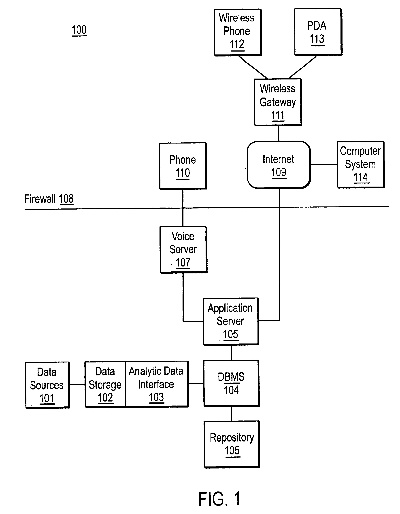Navigating the World of Textile Quality Inspection with Machine Vision
In recent years, the field of textile quality inspection has seen a significant shift towards machine vision technology. This innovative approach utilizes advanced image processing algorithms and computer vision techniques to automate the detection and analysis of defects in textile products. By integrating machine vision with traditional manual inspection methods, manufacturers can significantly reduce labor costs, improve accuracy, and enhance overall product quality.,One key benefit of machine vision in textile quality inspection is its ability to detect defects that are difficult or impossible for human eyes to identify. For example, machine vision systems can accurately detect color variations, pattern mismatches, and other visual flaws that may go unnoticed by human inspectors. Additionally, machine vision can process large volumes of data quickly and efficiently, enabling manufacturers to make more informed decisions about production and quality control.,Overall, the adoption of machine vision technology in textile quality inspection represents a significant advancement in the field of manufacturing. As technology continues to evolve, we can expect to see even greater improvements in the accuracy and efficiency of textile quality inspection processes.
Introduction: The textile industry, a vital sector in our global economy, relies heavily on high-quality raw materials for its products. However, the sheer volume and diversity of these materials often lead to challenges in quality control, particularly in the detection of minor defects like pinholes, stains, or thread breaks. The need for an automated system that can accurately and consistently identify these issues has led to the development of machine vision technology in textile inspection. This article explores how machine vision is revolutionizing the way textiles are tested for defects, highlighting some key applications, challenges, and success stories.
Key Applications of Machine Vision in Textile Quality Inspection:
-
Pinhole Detection: A common issue in textiles is pinholes, which can compromise the integrity of the fabric. Using machine vision, these tiny holes can be detected with high accuracy, allowing manufacturers to quickly identify and rectify defective pieces before they reach the customer.
-
Stain and Dust Detection: Stains and dust can significantly affect the appearance and durability of textiles. Machine vision systems can scan large areas of fabric in real-time, identifying any discolorations or dust particles that might compromise product quality.

-
Edge and Pattern Defects: Even small imperfections in the edges or patterns of textiles can affect their aesthetic value. Machine vision can detect such defects with high precision, ensuring that only high-quality products are sold.
-
Thread Breaks: Thread breaks can lead to tears or fraying in finished textiles. Machine vision systems can detect threads that have broken off or stretched, enabling manufacturers to take corrective action before final assembly.
-
Dimensional Measurements: For garments or other textile products, accurate measurements are crucial. Machine vision can provide precise measurements of dimensions, ensuring that products meet industry standards.
Challenges Faced by Machine Vision in Textile Quality Inspection:

-
High Variability in Materials: Each type of textile material has unique properties, which can affect how well machine vision systems perform. Manufacturers must ensure that their systems are adaptable to a wide range of materials.
-
Environmental Conditions: The environment can also impact machine vision performance. Temperature, humidity, and light conditions can affect the accuracy of detection. Manufacturers need to consider these factors when designing their inspection systems.
-
Cost and Complexity: While machine vision offers significant benefits, it also comes with a cost. The initial investment and ongoing maintenance can be substantial, especially for small-scale manufacturers. Additionally, implementing complex machine vision systems can be challenging, requiring specialized knowledge and expertise.
Success Stories:

-
Nike's Use of Machine Vision in Shoe Production: Nike has leveraged machine vision technology to improve the quality of its sportswear. By using sensors and cameras to monitor the production process, Nike can quickly detect defects like stitching errors or color variations, allowing them to make necessary adjustments before final inspection. This approach has helped Nike achieve higher levels of consistency and quality across its product lines.
-
Adidas' Automated Garment Inspection System: Adidas has implemented an automated system for detecting defects in its apparel products. This system uses machine vision to scan multiple products simultaneously, identifying any flaws in real-time. The system has improved efficiency and reduced human error, leading to increased accuracy and reliability in the quality control process.
Conclusion: Machine vision technology is transforming the textile industry by offering unparalleled precision and speed in detecting defects. From pinholes to stains, edge imperfections to thread breaks, machine vision systems are becoming increasingly important tools for ensuring the quality of textile products. While there are challenges to overcome, including the variability of materials and environmental conditions, the potential benefits of machine vision in textile quality inspection cannot be overstated. As manufacturers continue to invest in this technology, we can expect even more innovative solutions to emerge, further enhancing the quality and reliability of textile products for consumers around the world.
Articles related to the knowledge points of this article:
Exploring the晋城百货纺织品批发市场,深度体验与案例分析
The Evolution of Eastern Shopping and Donglong Textiles



